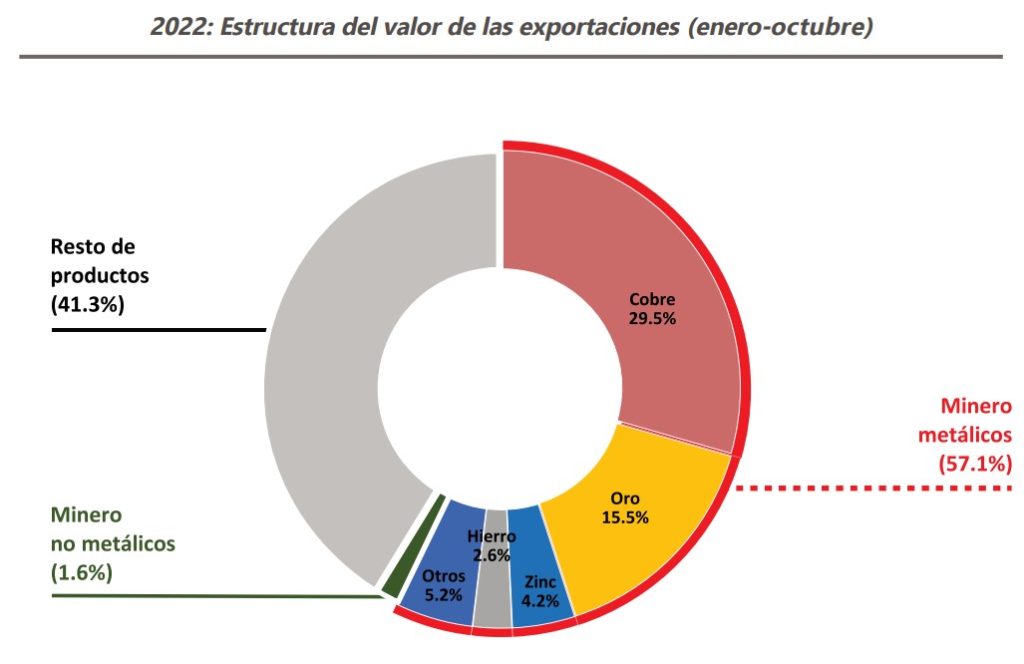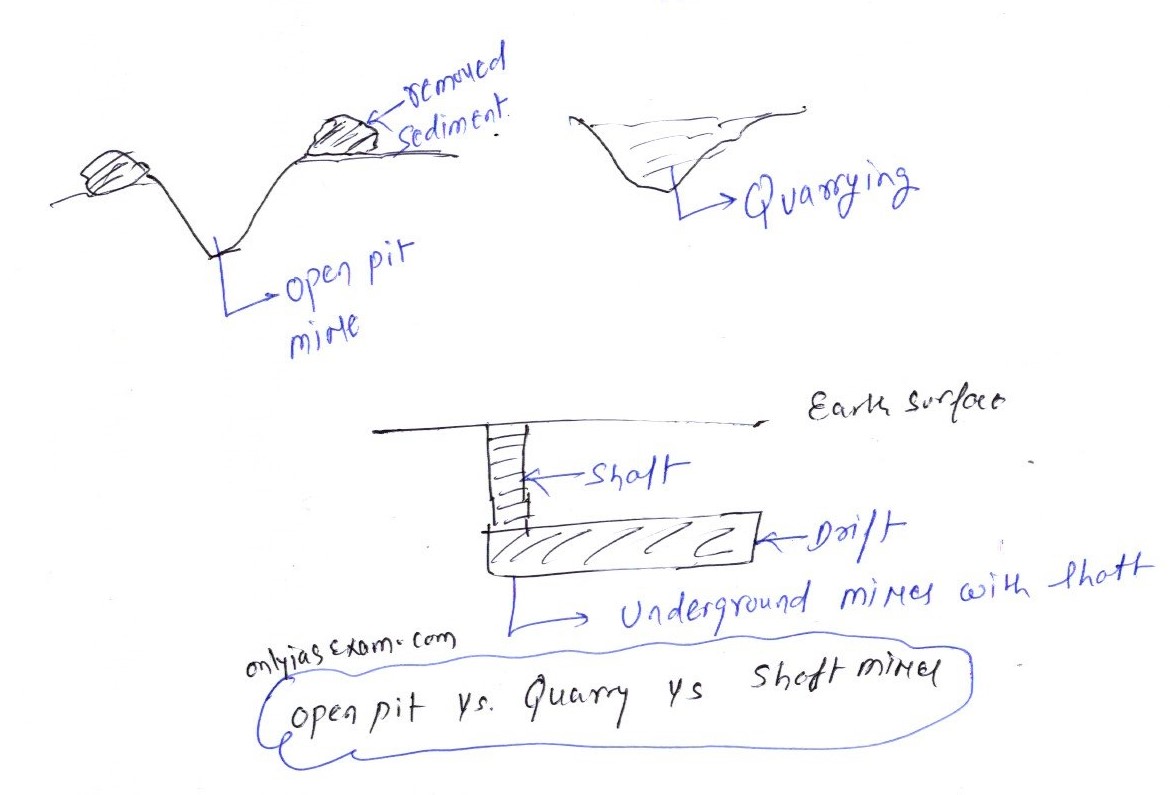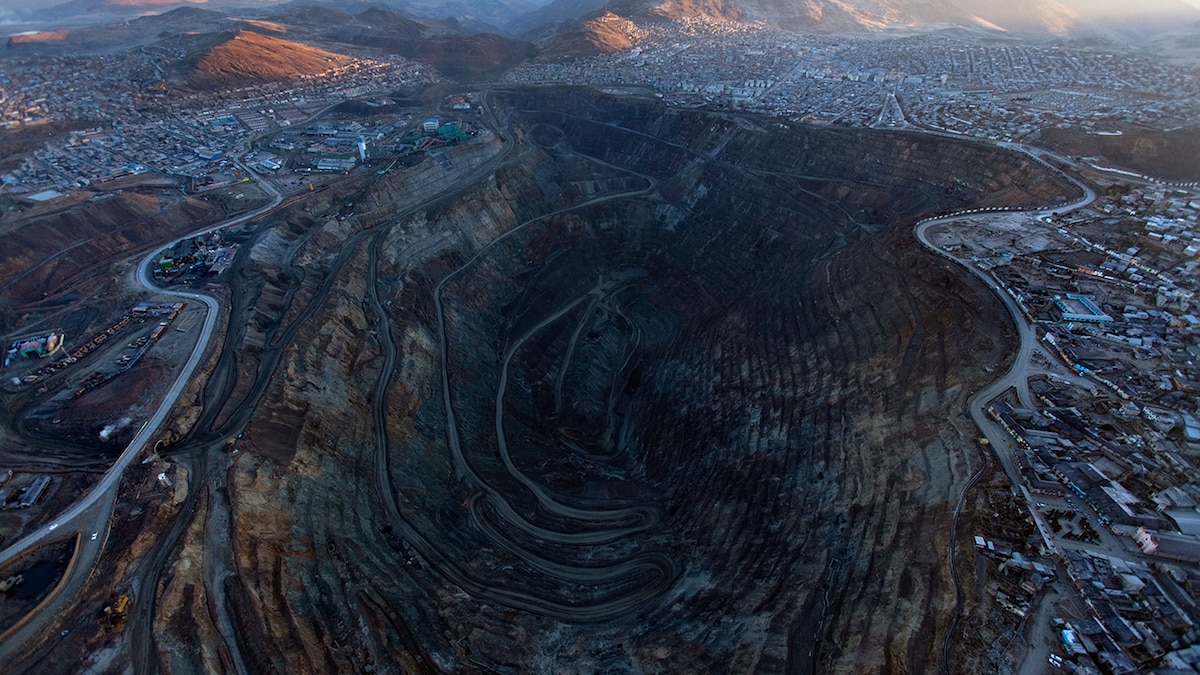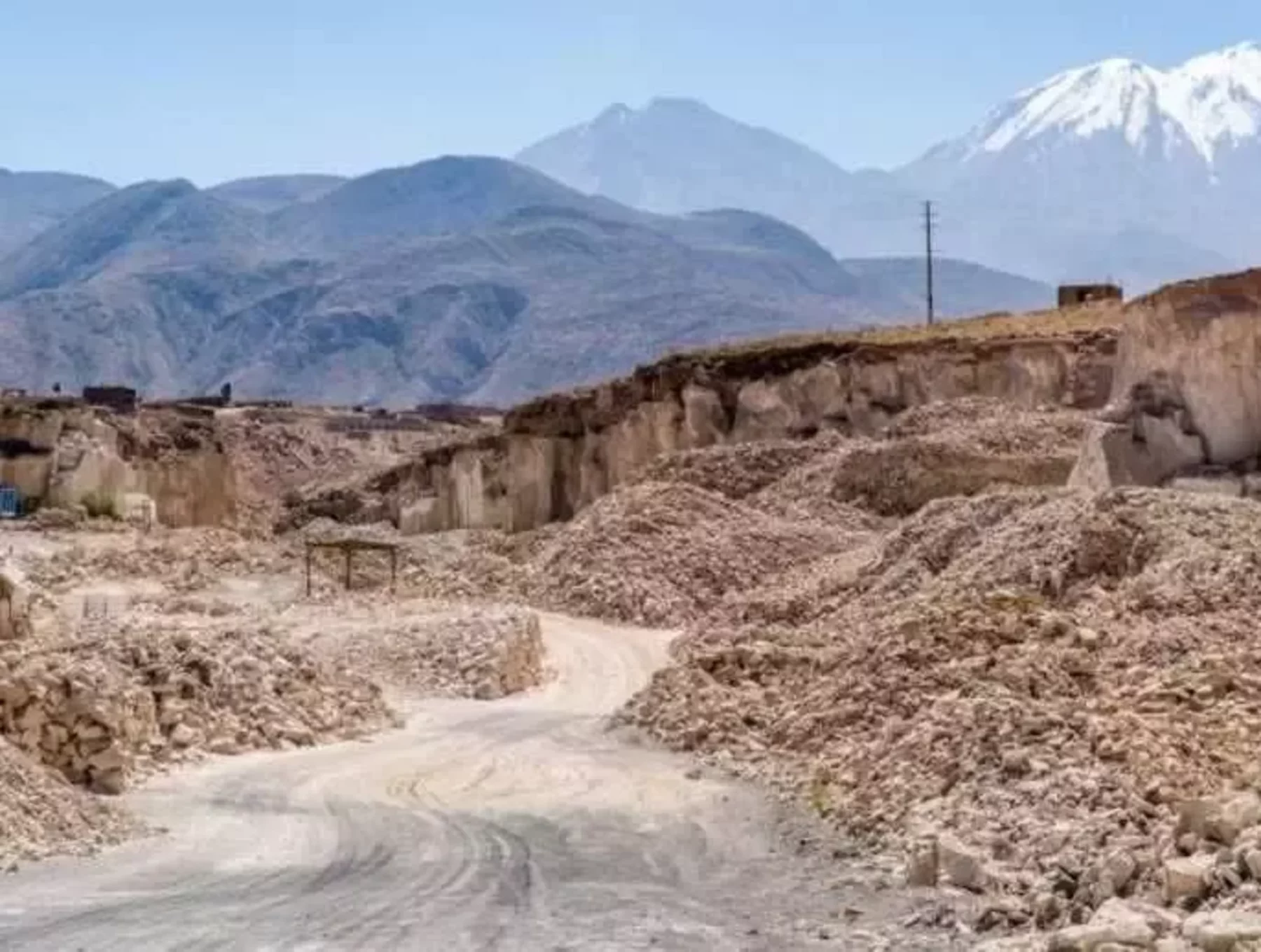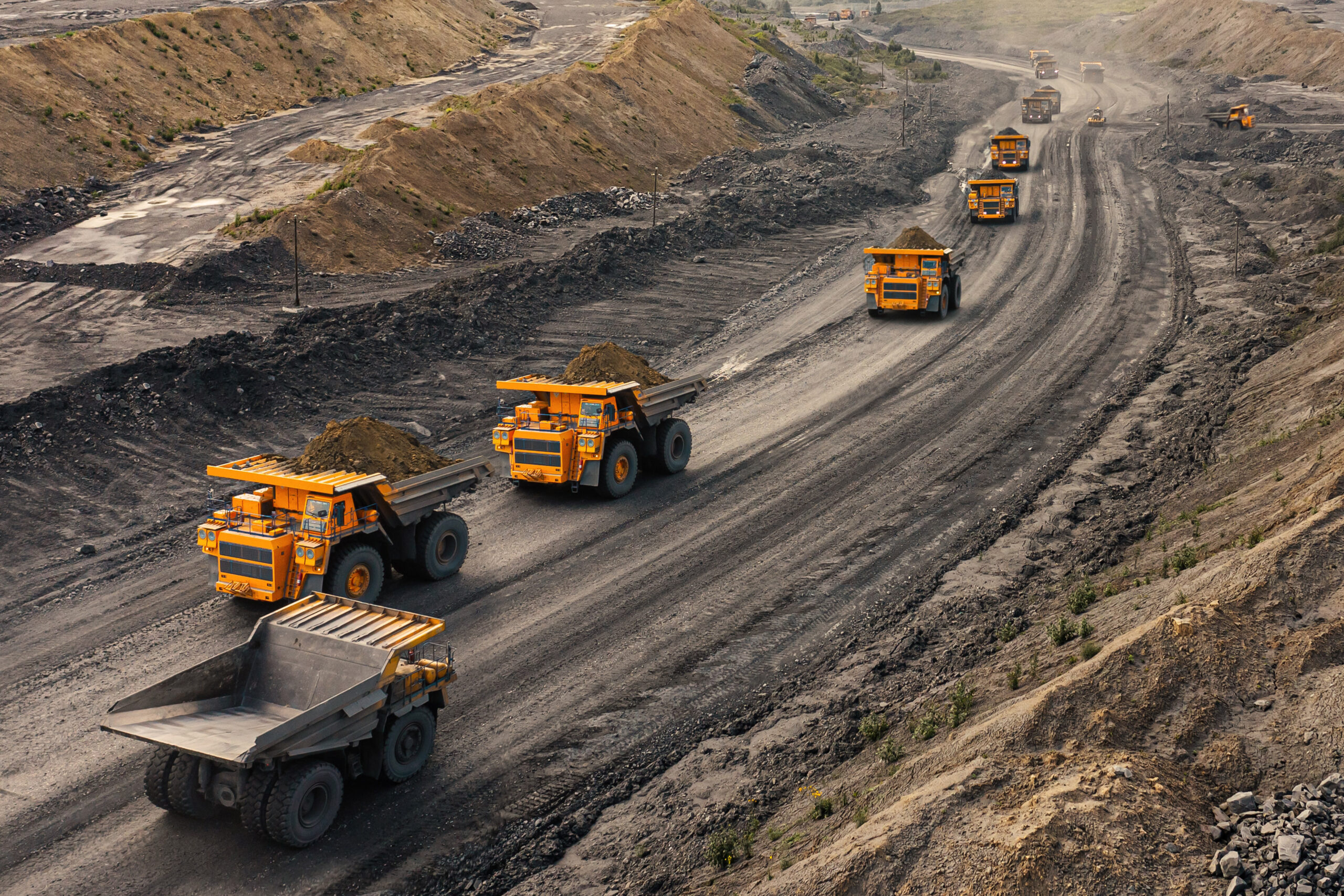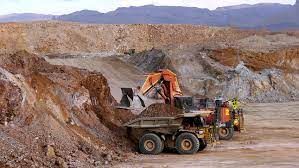Peru, a land of rich cultural heritage and breathtaking landscapes, is also known for its abundant mineral resources. But have you ever wondered if there are specific mineral types associated with different mines in Peru? Well, you’re in luck! In this article, we’ll explore the fascinating world of Peruvian mines and the minerals that lie within them.
When it comes to mining, Peru holds a prominent place on the global stage. Its diverse geology gives rise to a wide variety of minerals, each with its own unique properties and uses. From copper and gold to silver and zinc, Peru boasts an impressive array of mineral deposits spread across the country.
But what about the specific mineral types associated with different mines? Are there patterns or trends that can be observed? Join us as we delve into the depths of mines in Peru to uncover the hidden treasures and unravel the secrets of its mineral-rich earth.
So, whether you’re a young explorer curious about the wonders of the world or simply fascinated by rocks and minerals, this article will take you on an exciting journey through Peru’s mines to discover the specific mineral types waiting to be unearthed. Get ready to delve into the depths and explore the fascinating world of Peruvian minerals!
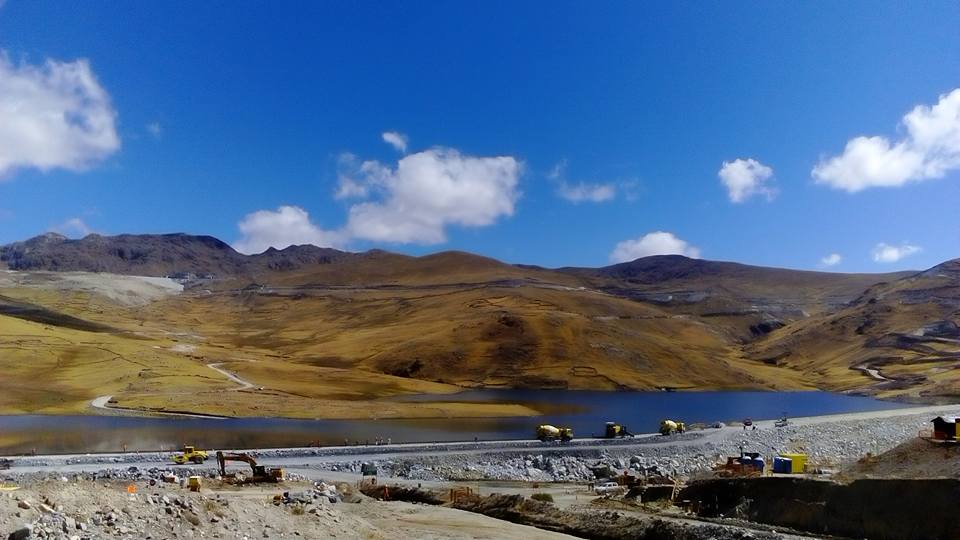
Exploring Mineral Types in Different Mines in Peru: A Comprehensive Guide
Peru is renowned for its rich mineral resources and is considered one of the top mining countries in the world. The country’s diverse geological composition contributes to the presence of various mineral types across different mines. In this in-depth article, we will explore the specific mineral types associated with different mines in Peru and delve into the unique characteristics and significance of each mineral. Let’s embark on this journey to uncover the hidden treasures beneath Peru’s surface.
The Cerro Verde Mine: Copper and Molybdenum
The Cerro Verde mines in Peru is famous for its abundant copper and molybdenum deposits. Copper, a versatile metal with excellent electrical conductivity, is in high demand globally for its essential use in industries such as construction, electronics, and telecommunications. Molybdenum, another crucial mineral found in this mine, is known for its exceptional strength and resistance to corrosion, making it an integral component in the production of high-strength steel alloys. The Cerro Verde Mine not only contributes significantly to Peru’s economy but also plays a vital role in global industries.
The extraction and processing of copper and molybdenum in the Cerro Verde Mine involve a complex series of operations. After extraction, the minerals undergo a milling process to obtain a concentrated form. Flotation is then employed to separate the valuable minerals from the waste material, resulting in copper and molybdenum concentrates. These concentrates are later smelted and refined to produce the pure metals. The Cerro Verde Mine stands as a testament to Peru’s expertise in mining and its valuable contribution to the global supply of copper and molybdenum.
Benefits of mining copper and molybdenum in the Cerro Verde Mine extend beyond economic aspects. For instance, copper is an essential component in renewable energy technologies, such as solar panels and wind turbines. Furthermore, the Cerro Verde Mine embraces sustainable mining practices to minimize its environmental impact. Through the implementation of efficient water management systems and the reclamation of mined areas, the mines in Peru strives to preserve Peru’s natural resources for future generations.
The Yanacocha Mine: Gold and Silver
The Yanacocha Mine, situated in northern Peru, holds immense reserves of gold and silver. As two of the most precious and sought-after metals globally, gold and silver play significant roles in various industries and hold significant cultural value. The Yanacocha mines in Peru has been instrumental in fulfilling the ever-increasing global demand for these metals and has propelled Peru to become one of the leading gold and silver producers.
The extraction and processing of gold and silver in the Yanacocha Mine involve several stages. Initially, the ore undergoes crushing and grinding to reduce its size, facilitating the liberation of the precious metals. Next, a leaching process is employed, where the ore is treated with a cyanide solution to dissolve the gold and silver. The resulting solution, known as a pregnant solution, is then processed through a series of chemical reactions to precipitate the precious metals. Finally, the gold and silver are further refined and purified to meet industry standards.
Aside from their economic significance, gold and silver from the Yanacocha Mine hold cultural value and are often used in the creation of jewelry and other decorative items. The mines in Peru commitment to sustainable practices includes initiatives like water management, reforestation, and community development programs, ensuring responsible mining and positive socio-economic impacts.
The Antamina Mine: Copper, Zinc, Lead, and Silver
Situated in the central Andes Mountains, the Antamina Mine is known for its diverse array of minerals, including copper, zinc, lead, and silver. These minerals are vital for various industries and play essential roles in the production of infrastructure, transportation, and consumer goods. The presence of multiple mineral types in the Antamina Mine showcases Peru’s geological complexity and immense mineral wealth.
Mining operations in Antamina involve open-pit mining, where large-scale excavations are made to access the ore deposits. After extraction, the ore is crushed and ground into smaller particles before undergoing flotation mines in Peru. By utilizing froth flotation, the minerals are separated based on their hydrophobicity, allowing for the selective recovery of copper, zinc, lead, and silver. These minerals are subsequently refined through smelting and refining processes to produce high-quality end products.
The significance of minerals extracted from the Antamina Mine extends beyond their individual uses. For example, zinc, an essential nutrient for human health, is used in the production of dietary supplements, creating a positive impact on global well-being. Furthermore, the Antamina Mine upholds stringent environmental standards and focuses on minimizing its social and environmental footprint, making it a responsible contributor to Peru’s mining sector.
Environmental Impact of Mining in Peru
With the abundance of mineral resources comes the responsibility to assess and mitigate the environmental impact of mining operations in Peru. This section will examine the potential consequences of mining activities on the country’s ecosystems, water resources, and biodiversity. Additionally, we will explore the steps taken by the Peruvian government and mining companies to minimize these impacts and promote sustainable mining practices.
Community Relations and Social Responsibility in Peruvian Mines
Strong community relations and social responsibility are crucial for sustainable mining operations. In this section, we will delve into the efforts made by mining companies operating in Peru to engage with local communities, promote socio-economic development, and ensure the well-being of surrounding populations. We will also discuss the initiatives taken to address social and cultural concerns and foster a harmonious relationship between mining activities and the local communities.
New Discoveries and Potential in Peru’s Mining Sector
Peru’s mining sector is dynamic and ever-evolving, constantly revealing new mineral discoveries and potential opportunities. In this section, we will explore the latest findings, upcoming projects, and emerging trends in Peru’s mining industry. From potential mineral reserves to technological advancements, we will uncover the exciting possibilities that lie ahead for Peru’s mining sector.
The Cuajone Mine: Copper and Molybdenum
The Cuajone Mine, located in southern Peru, is known for its rich copper and molybdenum deposits. Copper, a highly conductive metal, is extensively used in electrical wiring, construction materials, and electronic devices. Molybdenum is widely utilized in the production of steel alloys, particularly those used in industries requiring high strength and heat resistance.
The Cuajone Mine employs open-pit mining techniques to extract the copper and molybdenum ore. After extraction, the ore is transported to a processing plant, where it undergoes crushing, grinding, and flotation processes to obtain the concentrated minerals. The resulting concentrates are then transported to smelters and refineries for further processing, ultimately yielding high-quality copper and molybdenum products.
Not only does the Cuajone Mine contribute significantly to Peru’s economy, but it also prioritizes environmental stewardship. The mine implements various measures to minimize its ecological impact, such as efficient water management, land reclamation, and biodiversity conservation programs. By combining responsible mining practices with sustainable development, the Cuajone Mine represents a successful and environmentally conscious operation.
The Las Bambas Mine: Copper and Gold
The Las Bambas Mine, located in the Apurimac region of Peru, is known for its vast reserves of copper and gold. Copper, as one of the most widely used metals in the world, exhibits excellent thermal and electrical conductivity, making it indispensable in multiple industries. Gold, with its enduring allure and intrinsic value, holds a special place in both jewelry and investment markets.
The extraction process at the Las Bambas Mine involves both open-pit and underground mining methods, depending on the specific ore bodies. Once extracted, the ore is processed through a series of crushing, grinding, and flotation steps to separate the copper and gold mineral concentrates. These concentrates are then transported to smelters and refineries for further processing, resulting in high-purity copper and gold products.
The Las Bambas Mine places a strong emphasis on sustainable development and environmental stewardship. The company actively engages with local communities, supporting educational programs, infrastructure development, and healthcare initiatives. Additionally, the mine diligently manages its ecological impact through rigorous waste management practices and biodiversity conservation efforts.
The Morococha Mine: Lead, Zinc, and Copper
The Morococha Mine, nestled in the central highlands of Peru, is known for its abundant lead, zinc, and copper reserves. These metals play vital roles in the production of batteries, alloys, and other essential products. The Morococha Mine’s strategic location allows for efficient transportation and distribution, contributing to Peru’s position as a global leader in the mining industry.
Mining operations at the Morococha Mine involve underground mining methods to access the valuable ore deposits. The extracted ore then undergoes a series of processing steps, including crushing, grinding, and flotation, to separate the lead, zinc, and copper concentrates. These concentrated minerals are further processed into high-quality end-products through smelting and refining processes.
Environmental responsibility is a key focus at the Morococha Mine. The company is dedicated to minimizing its ecological footprint through the implementation of sustainable practices, waste recycling, and the preservation of local biodiversity. Furthermore, the Morococha Mine actively engages with nearby communities, supporting educational and social development initiatives to improve the quality of life for local residents.
Environmental Impact of Mining in Peru
Peru’s mining industry plays a significant role in the country’s overall economy, but it also carries environmental implications. In this section, we will examine the potential environmental impacts associated with mining activities in Peru and the measures taken by the government and mining companies to mitigate these effects.
Community Relations and Social Responsibility in Peruvian Mines
Building strong relationships with local communities and demonstrating social responsibility are fundamental for successful mining operations. In this section, we will explore the efforts made by mining companies in Peru to engage with local communities, promote socio-economic development, and minimize potential social and cultural conflicts.
New Discoveries and Potential in Peru’s Mining Sector
Peru’s rich geological landscape continues to reveal new opportunities and potential in the mining sector. In this section, we will highlight the latest discoveries, emerging trends, and the technological advancements shaping Peru’s mining industry. From innovative extraction methods to the exploration of untapped mineral reserves, the future of Peru’s mining sector looks promising.
Key Takeaways: Are there any specific mineral types associated with different mines in Peru?
- Peru is known for its rich mineral resources, and different mines in the country are associated with specific types of minerals.
- The Antamina mine in Peru is known for its copper and zinc deposits.
- The Yanacocha mine is one of the largest gold mines in the world.
- The Cerro Verde mine is a major source of copper production in Peru.
- The Las Bambas mine is known for its copper, gold, and silver deposits.
Frequently Asked Questions
Are there specific mineral types associated with different mines in Peru?
1. What are the main mineral types found in mines in Peru?
Peru is known for its rich mineral resources, and there are several types of minerals found in its mines. Some of the main mineral types include copper, gold, silver, zinc, lead, and iron. These minerals are often found in abundance and contribute significantly to Peru’s economy.
Copper is one of the most important minerals in Peru, with large copper deposits located in various mining areas. Gold and silver are also highly sought after, with Peru being one of the top producers of these precious metals globally. Additionally, Peru has substantial reserves of zinc, lead, and iron, which are essential for various industries.
2. Are there specific mines in Peru known for particular mineral types?
Yes, certain mines in Peru are renowned for their abundance of specific mineral types. For example, the Cerro Verde mine is one of the largest copper mines in the world, highlighting Peru’s association with copper mining. The Yanacocha mine is famous for its gold deposits, making Peru a prominent player in the gold mining industry.
Other mines, such as the Antamina mine, have vast reserves of zinc, while the Uchucchacua mine is known for its silver deposits. These mines exemplify the diversity of mineral types found in Peru and showcase the country’s significant contributions to the global mining sector.
3. How do different mineral types contribute to Peru’s economy?
The diverse mineral types found in Peru play a crucial role in driving the country’s economy. Copper, for instance, is a major export commodity and a significant source of revenue for Peru. The revenue generated from copper mining helps stimulate economic growth, fund infrastructure development, and create job opportunities.
Gold and silver mining also contribute significantly to Peru’s economy. The revenue generated from these precious metals fuels economic activity and supports various sectors, including manufacturing, jewelry production, and tourism. Additionally, minerals like zinc, lead, and iron are essential for industries such as construction, manufacturing, and automotive, further bolstering Peru’s economic stability.
4. Are there any environmental concerns associated with mining in Peru?
While mining plays a substantial role in Peru’s economy, it is not without its environmental challenges. Mining activities can have adverse effects on the environment, including deforestation, soil erosion, water pollution, and habitat destruction. However, the Peruvian government, in collaboration with mining companies, has implemented regulations and initiatives to mitigate these impacts.
Strict environmental guidelines are in place to ensure responsible mining practices. Mining companies are required to adhere to environmental standards, carry out reforestation efforts, and implement effective waste management systems. There is also an increasing focus on sustainable mining practices, aiming to minimize environmental harm and promote long-term environmental sustainability.
5. How does Peru balance mining activities with conservation efforts?
Peru recognizes the importance of both mining and conservation efforts. The country has established protected areas and national parks to safeguard its rich biodiversity and unique ecosystems. These conservation areas serve as habitats for diverse species and are crucial for preserving Peru’s natural heritage.
The Peruvian government places emphasis on sustainable development, aiming to strike a balance between mining activities and conservation. It encourages responsible mining practices, enforces strict regulations, and supports initiatives that promote environmental preservation. By adopting sustainable mining practices and protecting its natural resources, Peru strives to ensure the long-term sustainability and harmony between mining activities and conservation efforts.
Why does CASTILLO want to NATIONALIZE MINING in PERU? – VisualPolitik EN
Summary
So, to summarize, different mines in Peru are associated with specific types of minerals. For example, copper mines are known for producing copper, gold mines for gold, and silver mines for silver. Each mine has its own unique mineral resources.
It’s important to understand these associations because it helps with mining operations and resource planning. By knowing which minerals are prevalent in specific mines, companies can focus their efforts and resources on extracting those minerals efficiently. This knowledge also helps in determining the economic potential of a mine and its impact on the local economy and environment. for More information Read our Latest news on Topic “Mining in Peru“

